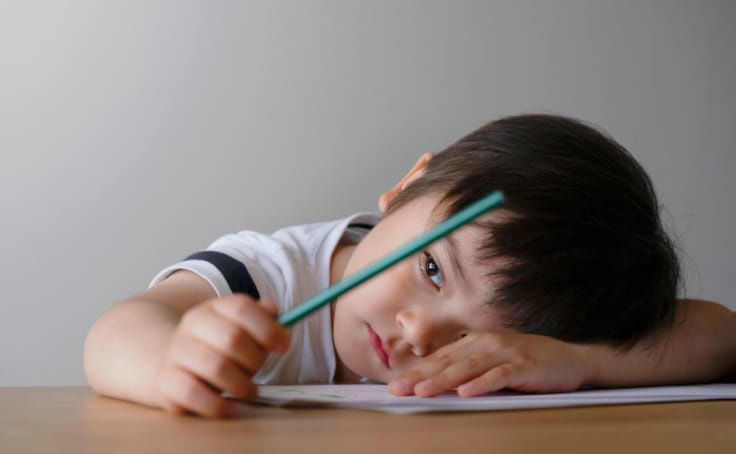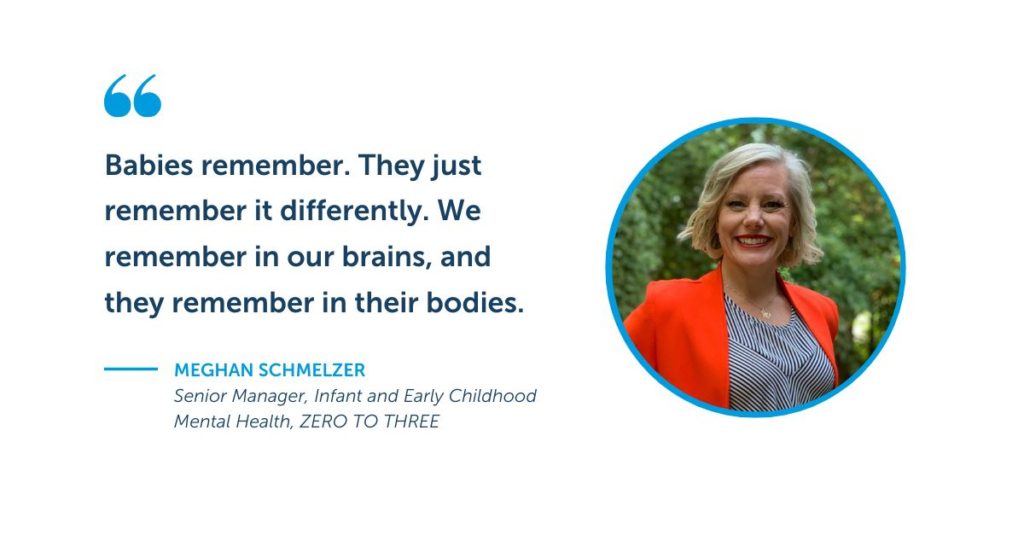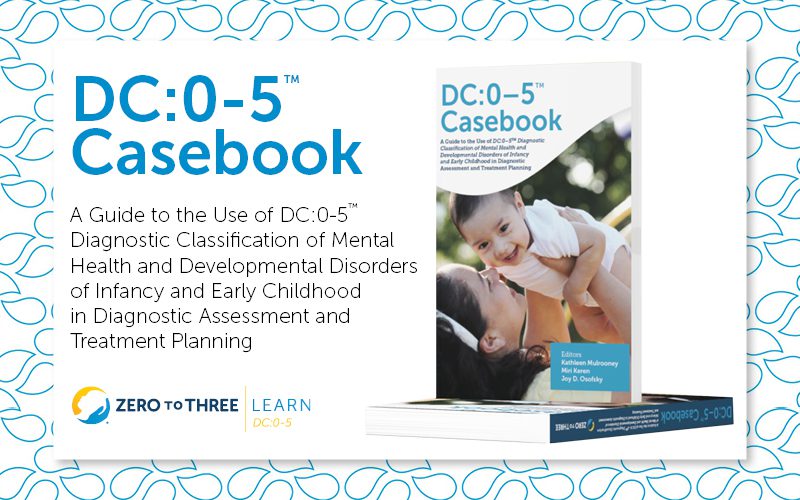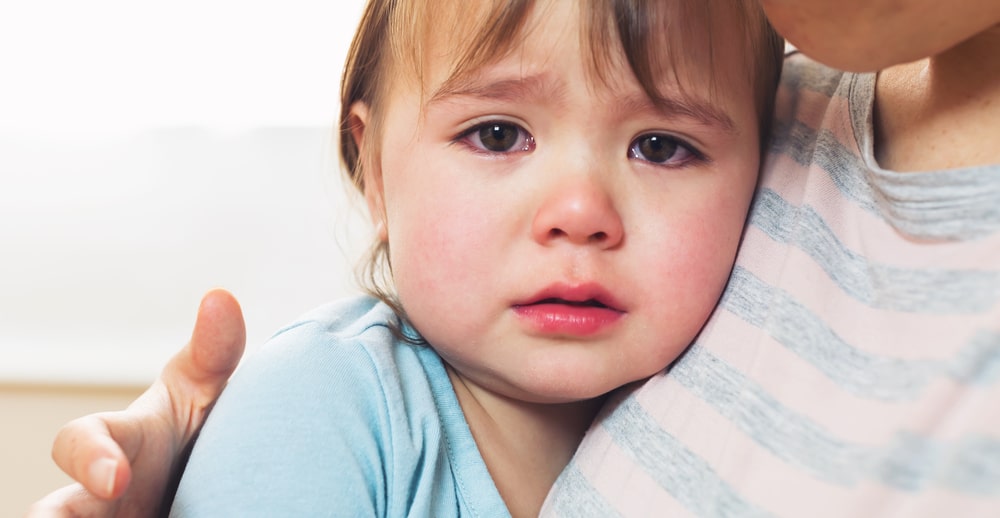Explore IECMH through our professional development opportunities
Our training calendar includes a number of opportunities to deepen your understanding of different elements of infant and early childhood mental health.

Studies show that untreated mental health conditions in infants and toddlers leave children more vulnerable to poor health, poor performance at school, criminal justice involvement, and even suicide.
These can be the result of biological or environmental factors, or traumatic experiences such as witnessing violence, experiencing abuse or neglect, or surviving a natural disaster or accident.
Studies show that untreated mental health conditions in infants and toddlers leave children more vulnerable to poor health, poor performance at school, criminal justice involvement, and even suicide over time.
There are lifelong implications when things don’t go well, but as with physical health, positive input in these early years creates a strong foundation that can withstand storms.”
Rahil Briggs, PsyD
Explore IECMH through our professional development opportunities
Our training calendar includes a number of opportunities to deepen your understanding of different elements of infant and early childhood mental health.
Infants and toddlers may not always be able to talk about their mental health conditions, but they can show physical symptoms and behavioral changes that professionals are trained to notice. These symptoms can often be overlooked or dismissed, but experts are able to tell when these are early signs of something that could become a severe mental health issue in the future.

While these behaviors tend to be present in many children, the key is to look for these signs of potential anxiety and depression in more of a collection than individually, with special attention to frequency, duration, and intensity.
Depression
Because infants’ and toddlers’ brains grow so quickly, with intervention and consistent support from loving adults, they can often heal and thrive after traumatic incidents.

The DC:0-5 Casebook helps professionals strengthen their understanding of clinical disorders in infancy and early childhood.
These therapies are developmentally appropriate and focused on the needs of each child and their caregiver. Treatments include Child-Parent Psychotherapy and Parent-Child Interaction Therapy and are delivered by qualified mental health professionals.
Therapies for infants and toddlers are more effective, save taxpayer dollars down the road, and are less intensive than addressing severe mental health issues later in life. Parent-Child Interaction Therapy saves an average of $1,159 per child in long-term educational, healthcare, and criminal justice costs.
We need to invest – as a country – in a specialized and diverse workforce of mental health professionals trained to work with infants and toddlers.
How can professionals combat compassion fatigue?
Take Action
Tell policymakers to prioritize infant and early childhood mental health and support healthy emotional development from the start.

